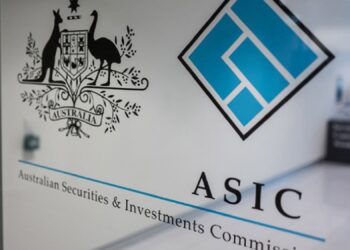Reserving is a strategy advisers should be looking at for self-managed superannuation funds (SMSFs), said Willis Employee Benefits director Lachlan Semple.
“Reserving has a long pedigree and is much more widely used than people believe,” he said.
Reserving is where the net market value of the assets of a SMSF exceeds the total member account balances.
Semple said achieving a reserve of funds is due to the trustees making a decision to actively manage assets to produce a superior return.
“Normally, any excess performance would be allocated to the members’ accounts, but the trustees can decide to put this sum aside for use by a particular member,” he said.
“An example would be in a fund where there was a husband and wife and the reserve was given to the wife’s balance to balance the balances.”
The reserves can also be used to smooth out the return of income to the fund from investments. Reserving balances can be carried over from one year to the next, so this can even out the member’s return if fund performance suffers a drop during a certain period.
Another use for a reserve in a fund is to provide death and disability benefits outside the member’s insurance.
Semple said a member who might be suffering a temporary disability could be paid some benefits from the reserves. But the trust deed has to allow this, and the other members of the fund also have to be in agreement.
“Once accessed, payments of up to 100 per cent of members’ pre-disability income for the period they are on unpaid leave can be made,” he said.
“There is no legislative maximum period of payment.”
Semple warned that without the agreement of all the members for paying such a benefit, any disagreement could result in claims against the trustee agreeing to the payment.
For advisers wanting to set up a reserving strategy in a SMSF, they must create a reserving strategy and document it.
This would be in the trust deed and should include details of the establishment of a reserve and the management of the sum.
Semple said the deed also needed to record if the reserve was not going to be allocated to members’ accounts for use as a death benefit.
“The reserve investment strategy needs to be included in the investment strategy for the fund,” he said.
“The reserving strategy would tend to be conservative, as the aim is to produce excess returns, not negative returns.”





